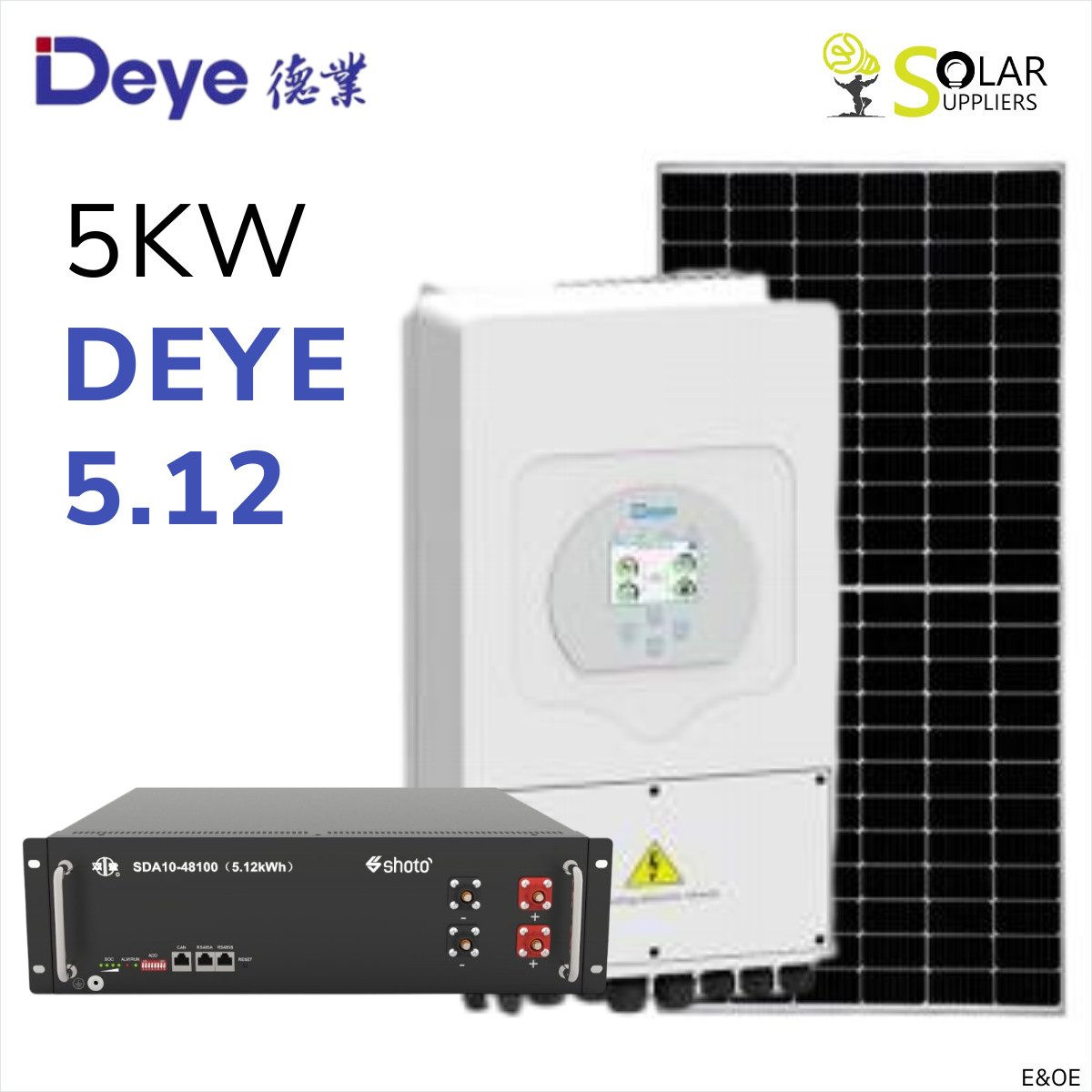Hi Guys,
Been following the posts on some of the threads, I also got a few questions and sorry if I sound clueless (Which I am by the way) but need some of you guru's input.
Looking at the following setup;
I worked out for my basic needs I won't require more than 3.2kw for everything I need running. My non essentials will not be running of the inverter, but here comes the stupid question.
During the day when I am not home I would like the solar panels to be able to power the geyser (on smart switch, still deciding if it should be on the DB), and my fridges (basically the whole house) with the excess solar available if the battery is fully charged.
Will this be do able? From what I have seen you can setup the Inverter on Solar/ Battery/ Utility and assuming I am right you first get your battery full then the power that is free on the solar to power the essential and non essential during the day when the sun is available and it allows for it.
I noticed that Luxpower is not a brand that would be able to do this (SNA 5000 WPV) based on @Confucius mentioning, but your help would be appreciate as well
Sorry for the noob question!
Been following the posts on some of the threads, I also got a few questions and sorry if I sound clueless (Which I am by the way) but need some of you guru's input.
Looking at the following setup;
- 1 x Deye 5kw Inverter
- 8 x 425W Solar Panels (Trina) thinking of going 545W Panels rather
- 1 x Shoto 5.12kw Battery
- Total with all the accessories and fittings materials = R61 999 INCL VAT
I worked out for my basic needs I won't require more than 3.2kw for everything I need running. My non essentials will not be running of the inverter, but here comes the stupid question.
During the day when I am not home I would like the solar panels to be able to power the geyser (on smart switch, still deciding if it should be on the DB), and my fridges (basically the whole house) with the excess solar available if the battery is fully charged.
Will this be do able? From what I have seen you can setup the Inverter on Solar/ Battery/ Utility and assuming I am right you first get your battery full then the power that is free on the solar to power the essential and non essential during the day when the sun is available and it allows for it.
I noticed that Luxpower is not a brand that would be able to do this (SNA 5000 WPV) based on @Confucius mentioning, but your help would be appreciate as well
Sorry for the noob question!








